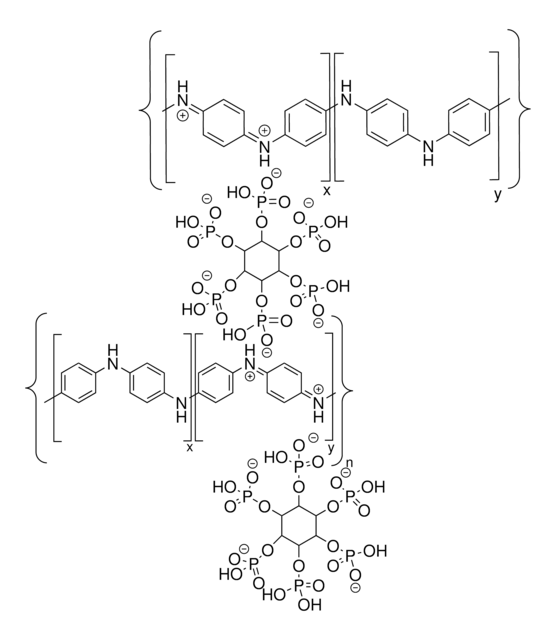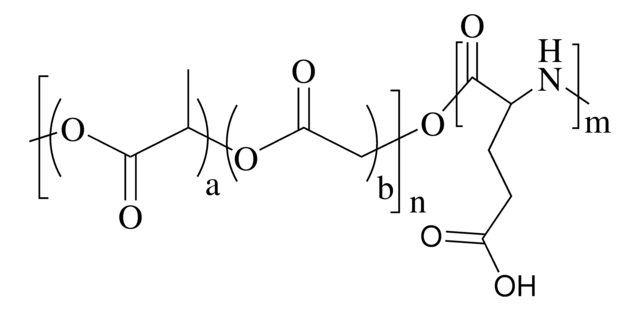912573
High surface area conducting polypyrrole
Sinônimo(s):
3D cross-linked polypyrrole, doped by phytic acid, Doped polypyrrole hydrogels, PPy
About This Item
Produtos recomendados
descrição
Electrochemical activity: see attached CV result
Nível de qualidade
Formulário
solid
características do produto alternativo mais ecológico
Design for Energy Efficiency
Learn more about the Principles of Green Chemistry.
sustainability
Greener Alternative Product
cor
black
solubilidade
soluble (swell into hydrogel but does not dissolve in water)
categoria alternativa mais ecológica
Descrição geral
Aplicação
Código de classe de armazenamento
11 - Combustible Solids
Classe de risco de água (WGK)
WGK 3
Ponto de fulgor (°F)
Not applicable
Ponto de fulgor (°C)
Not applicable
Escolha uma das versões mais recentes:
Certificados de análise (COA)
Não está vendo a versão correta?
Se precisar de uma versão específica, você pode procurar um certificado específico pelo número do lote ou da remessa.
Já possui este produto?
Encontre a documentação dos produtos que você adquiriu recentemente na biblioteca de documentos.
Nossa equipe de cientistas tem experiência em todas as áreas de pesquisa, incluindo Life Sciences, ciência de materiais, síntese química, cromatografia, química analítica e muitas outras.
Entre em contato com a assistência técnica





